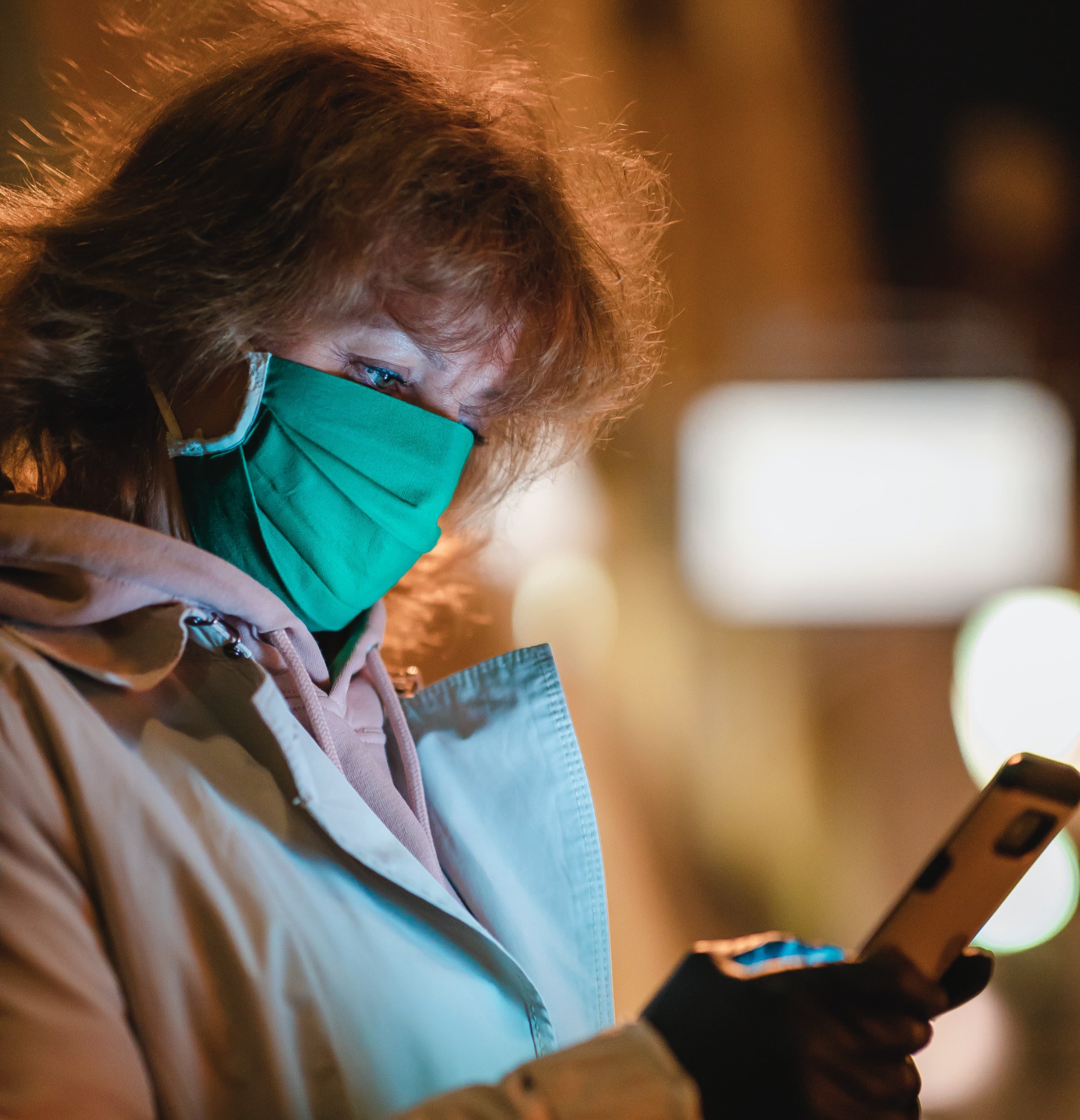
A National Strategy to Counter COVID-19 Misinformation
Summary
The United States accounts for over 20% of global deaths related to COVID-19 despite only having 4% of the world’s population. This unacceptable reality is in part due to the tsunami of misinformation surrounding COVID-19 that has flooded our nation. Misinformation not only decreases current compliance with best practices for containing and mitigating the spread of COVID-19, but will also feed directly into resistance against future administration of a vaccine or additional public-health measures.
The next administration should establish an office at the Department of Health and Human Services dedicated to combating COVID-19 misinformation. This office should lead a coordinated effort that:
- Ensures that evidence-based findings are at the core of COVID-19 response strategies.
- Utilizes data science and behavioral analytics to detect and counter COVID-19 misinformation.
- Works with social-media companies to remove misinformation from online platforms.
- Partners with online influencers to promote credible information about COVID-19.
- Encourages two-way conversations between public-health officials and the general public.
- Ensures that public-health communications are supported by on-the-ground action.
Satellite imagery has long served as a tool for observing on-the-ground activity worldwide, and offers especially valuable insights into the operation, development, and physical features related to nuclear technology.
This report outlines a framework relying on “Cooperative Technical Means” for effective arms control verification based on remote sensing, avoiding on-site inspections but maintaining a level of transparency that allows for immediate detection of changes in nuclear posture or a significant build-up above agreed limits.
The grant comes from the Carnegie Corporation of New York (CCNY) to investigate, alongside The British American Security Information Council (BASIC), the associated impact on nuclear stability.
Satellite imagery of RAF Lakenheath reveals new construction of a security perimeter around ten protective aircraft shelters in the designated nuclear area, the latest measure in a series of upgrades as the base prepares for the ability to store U.S. nuclear weapons.